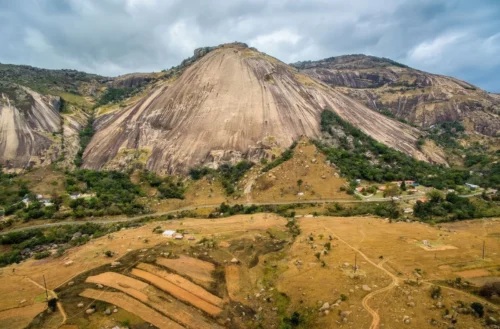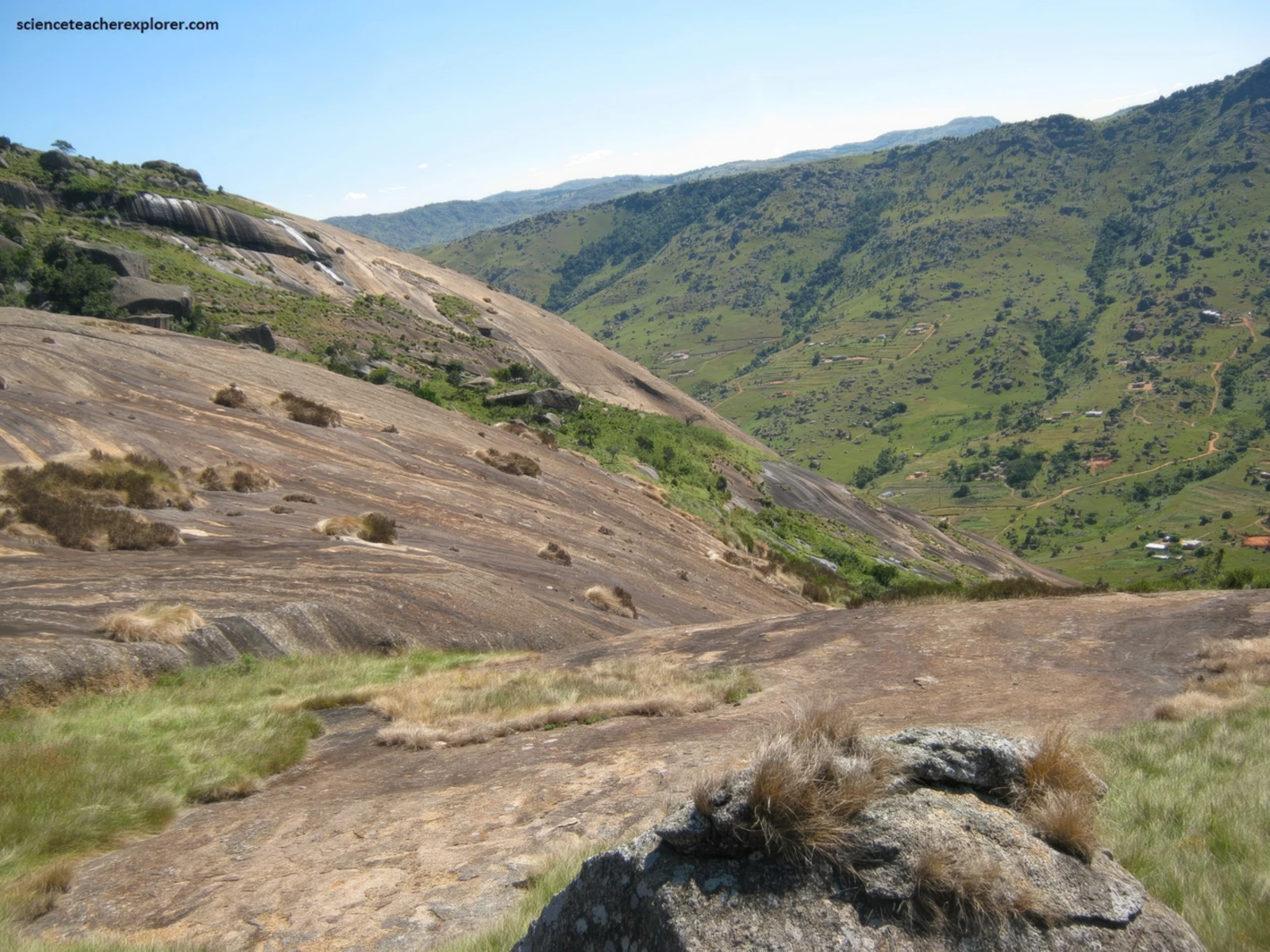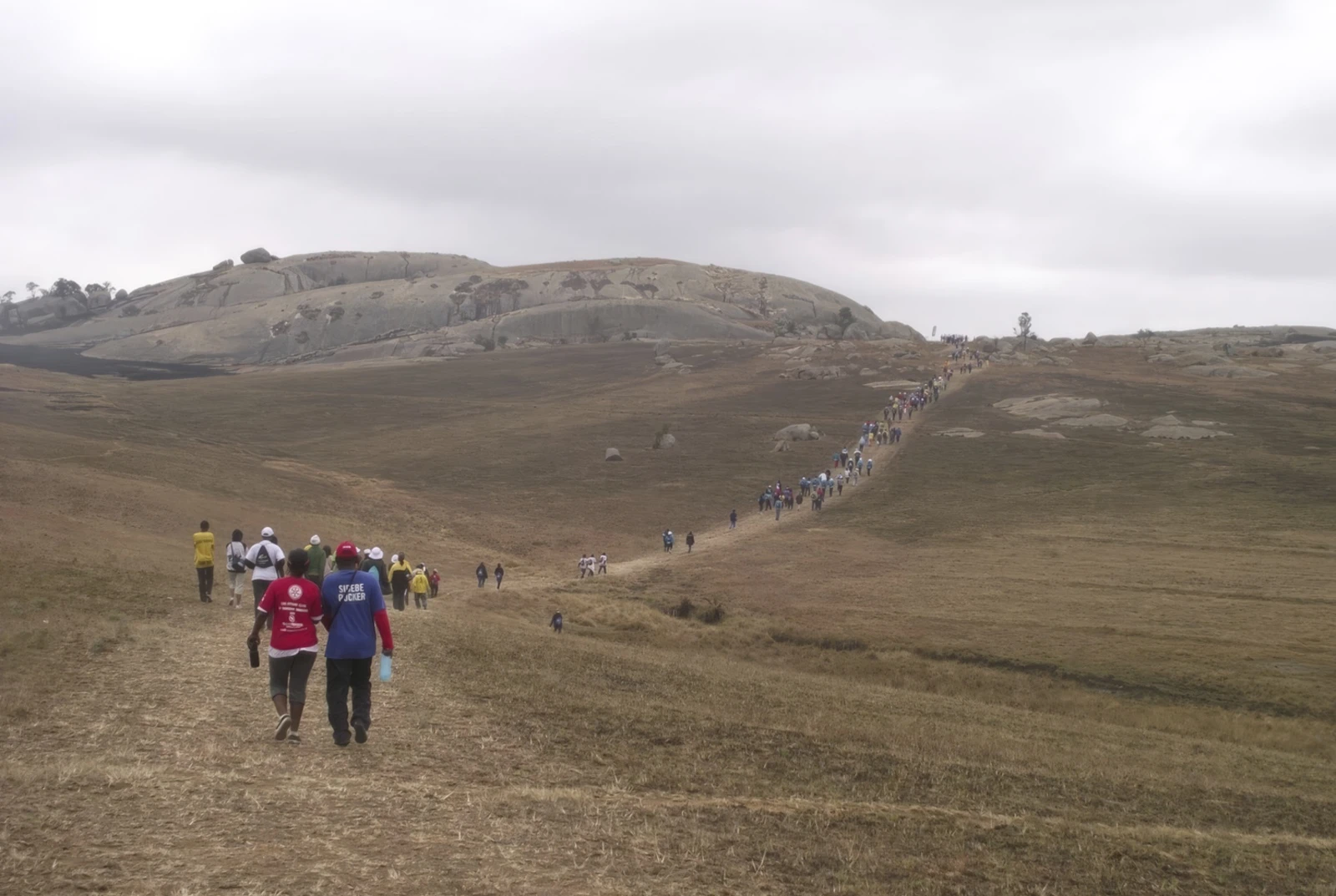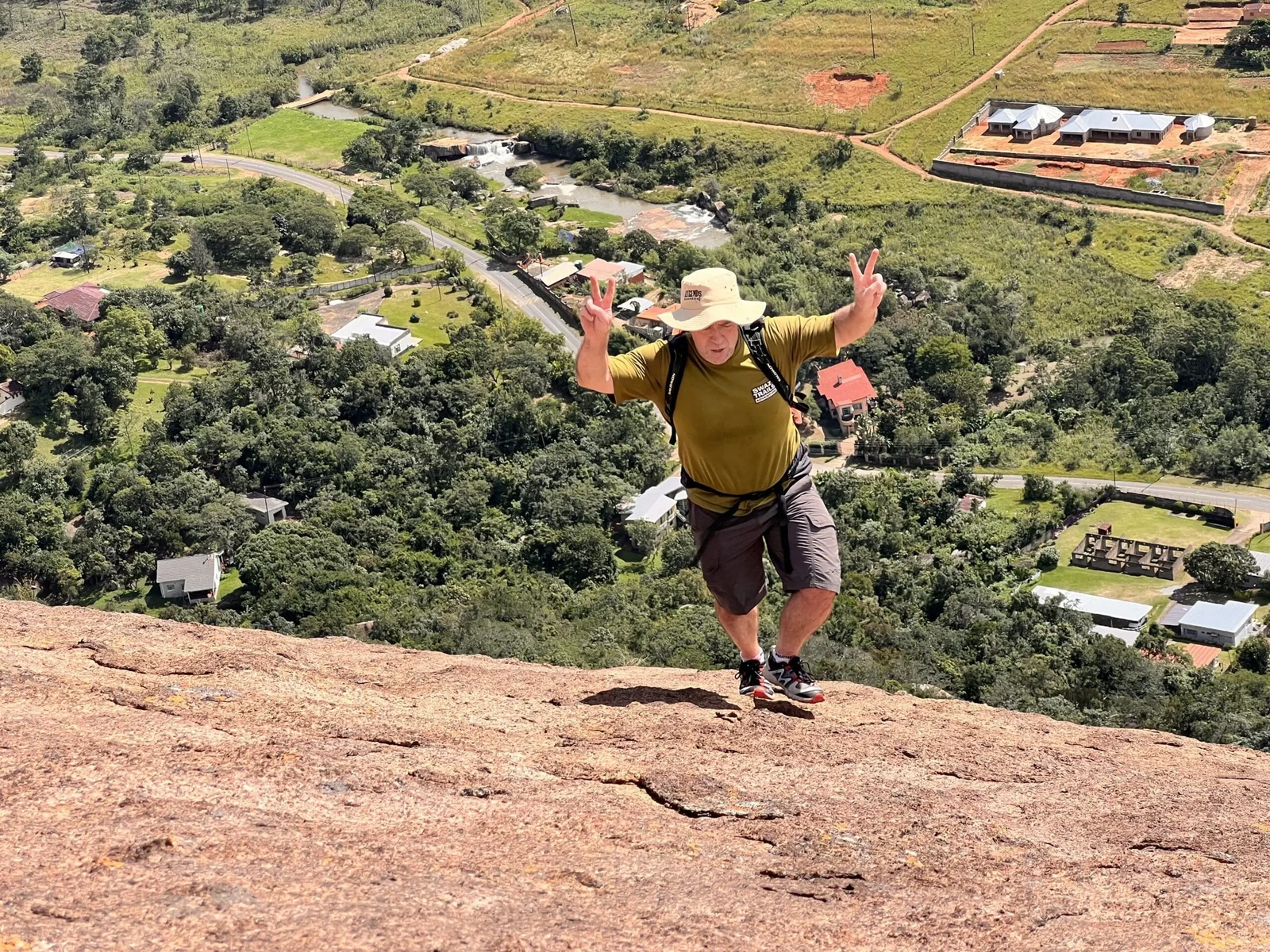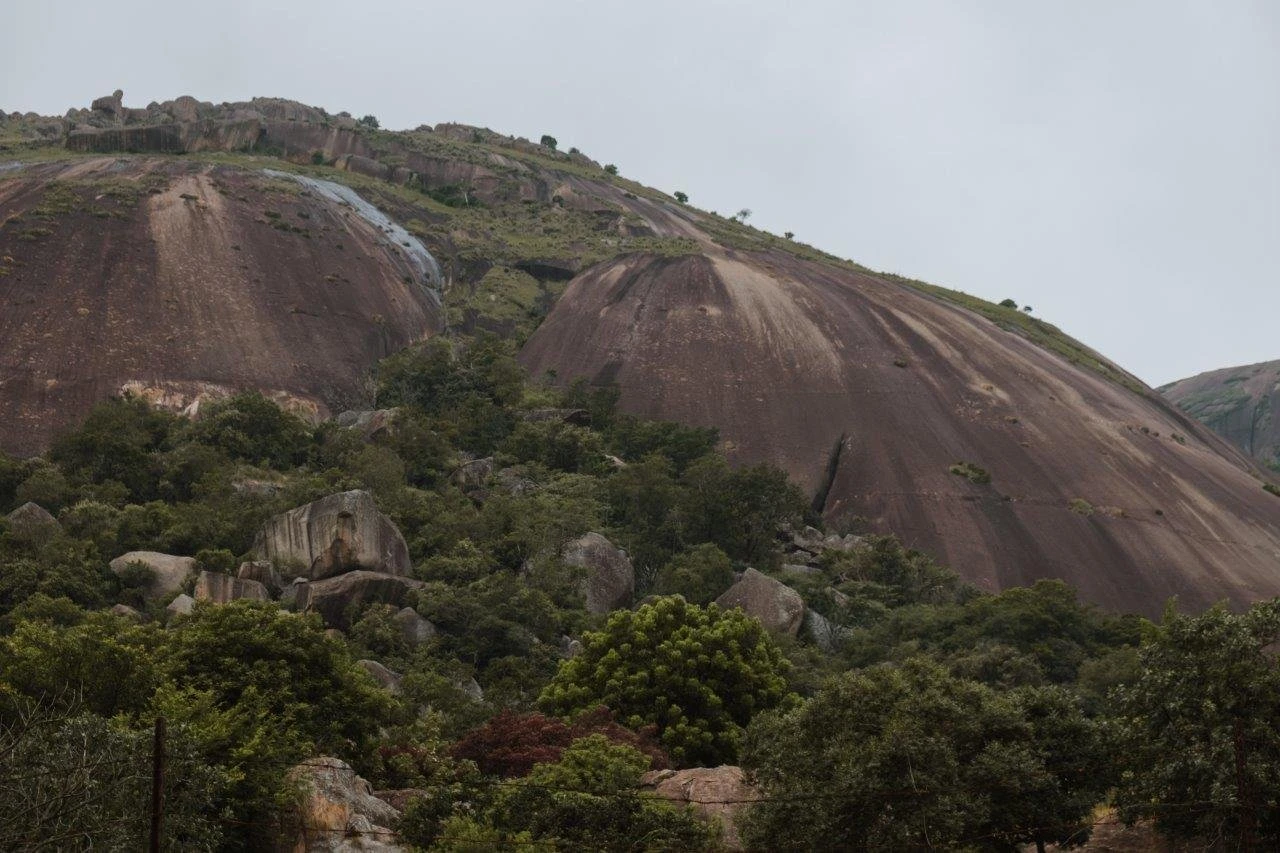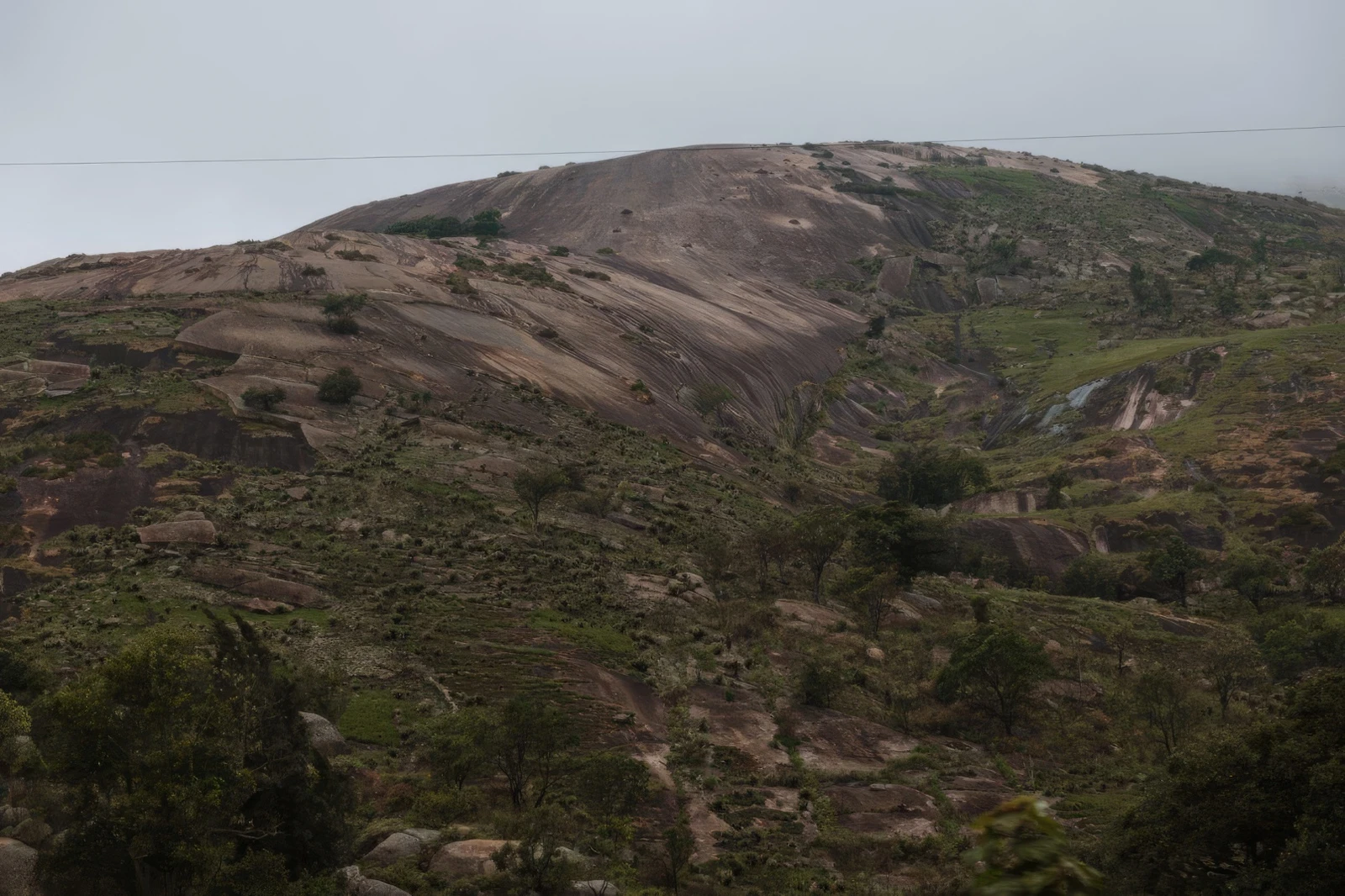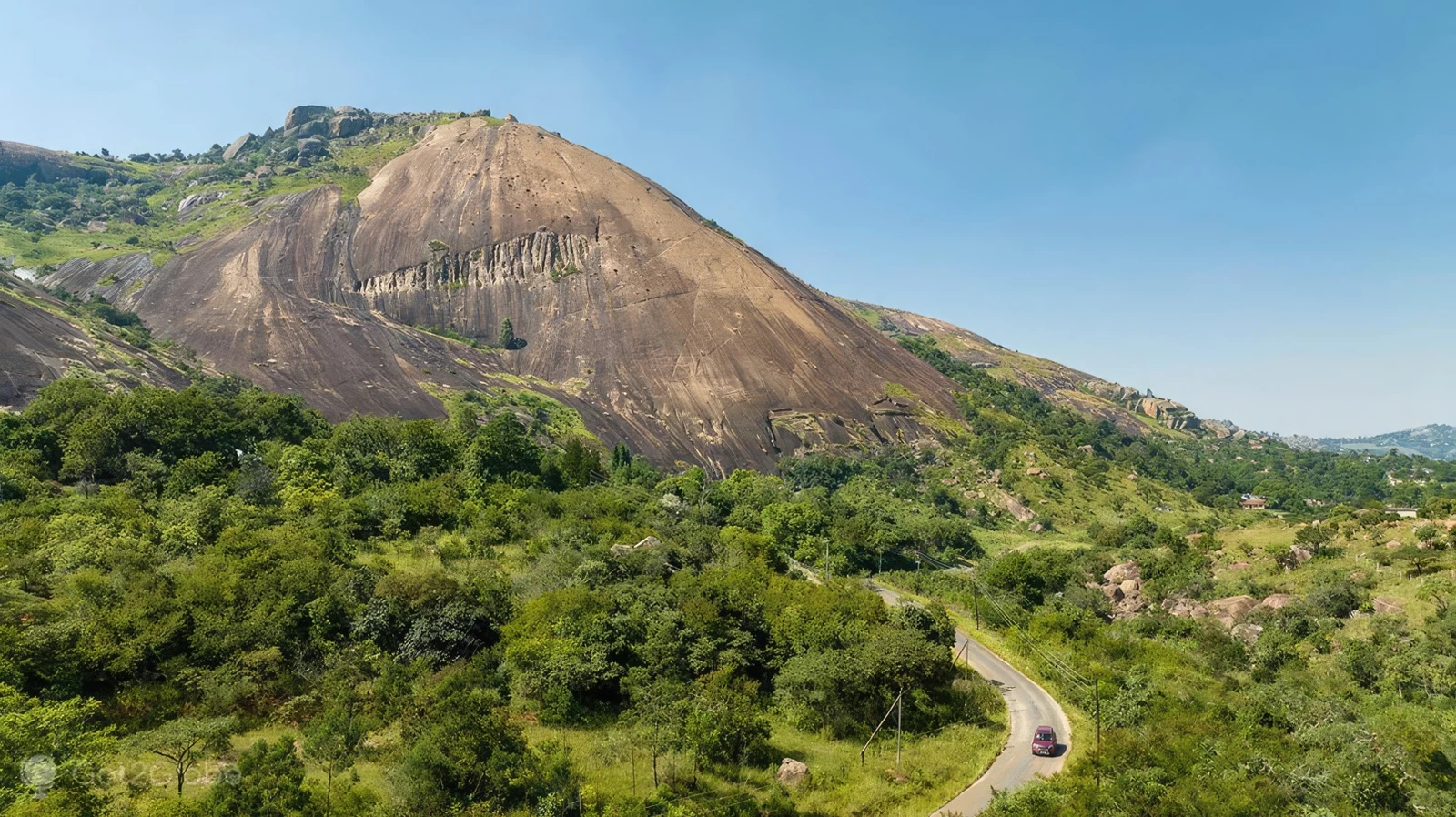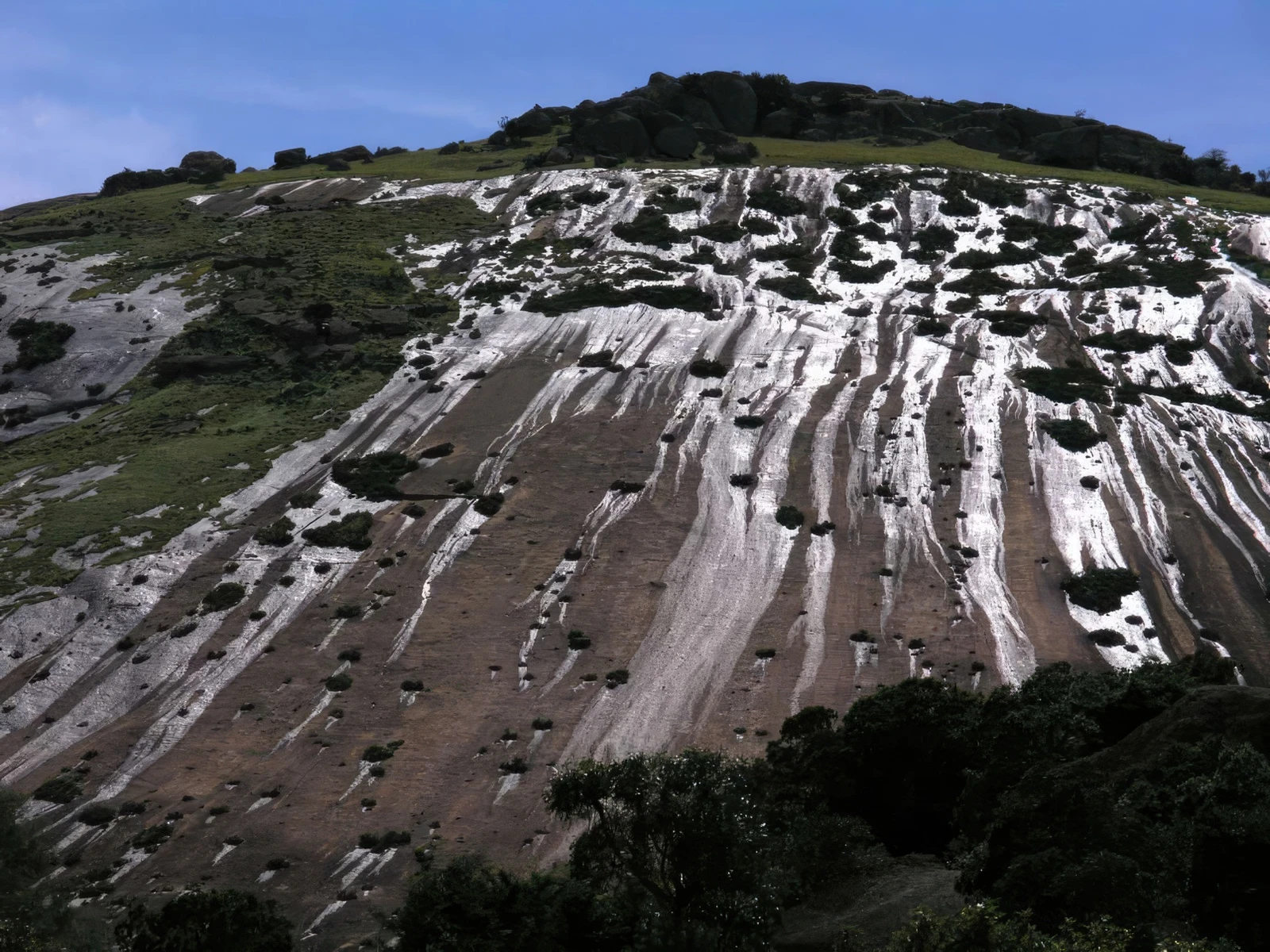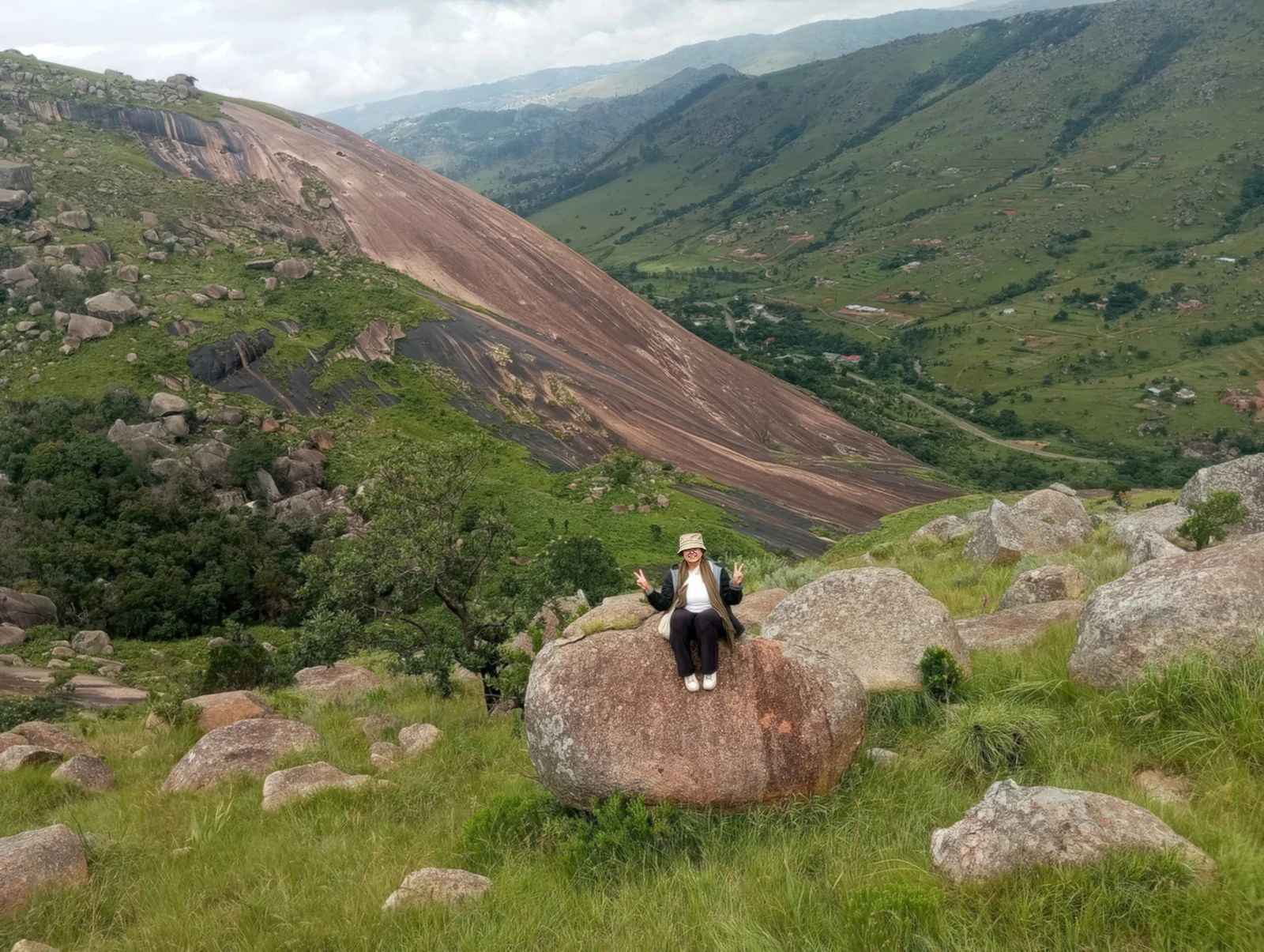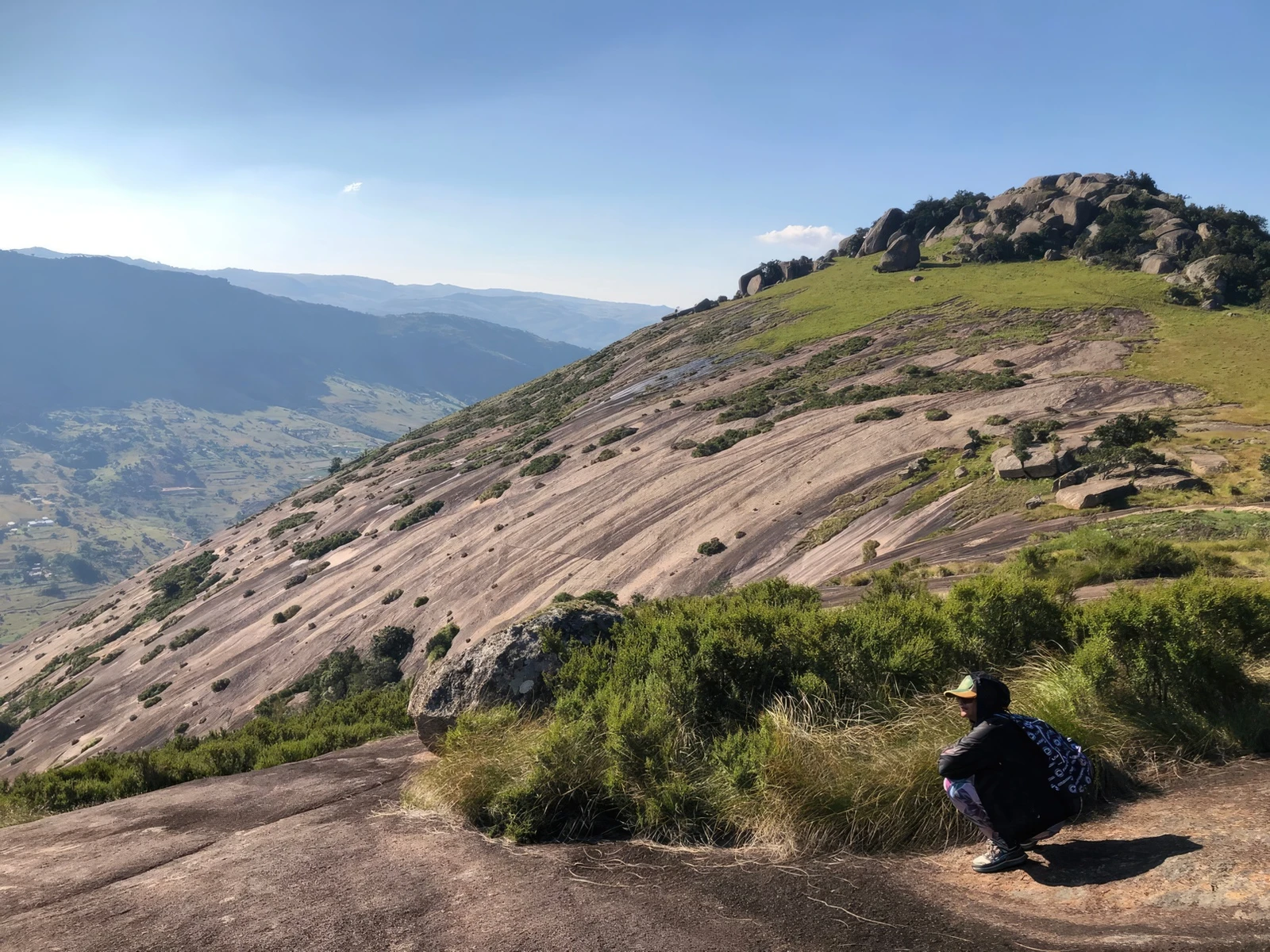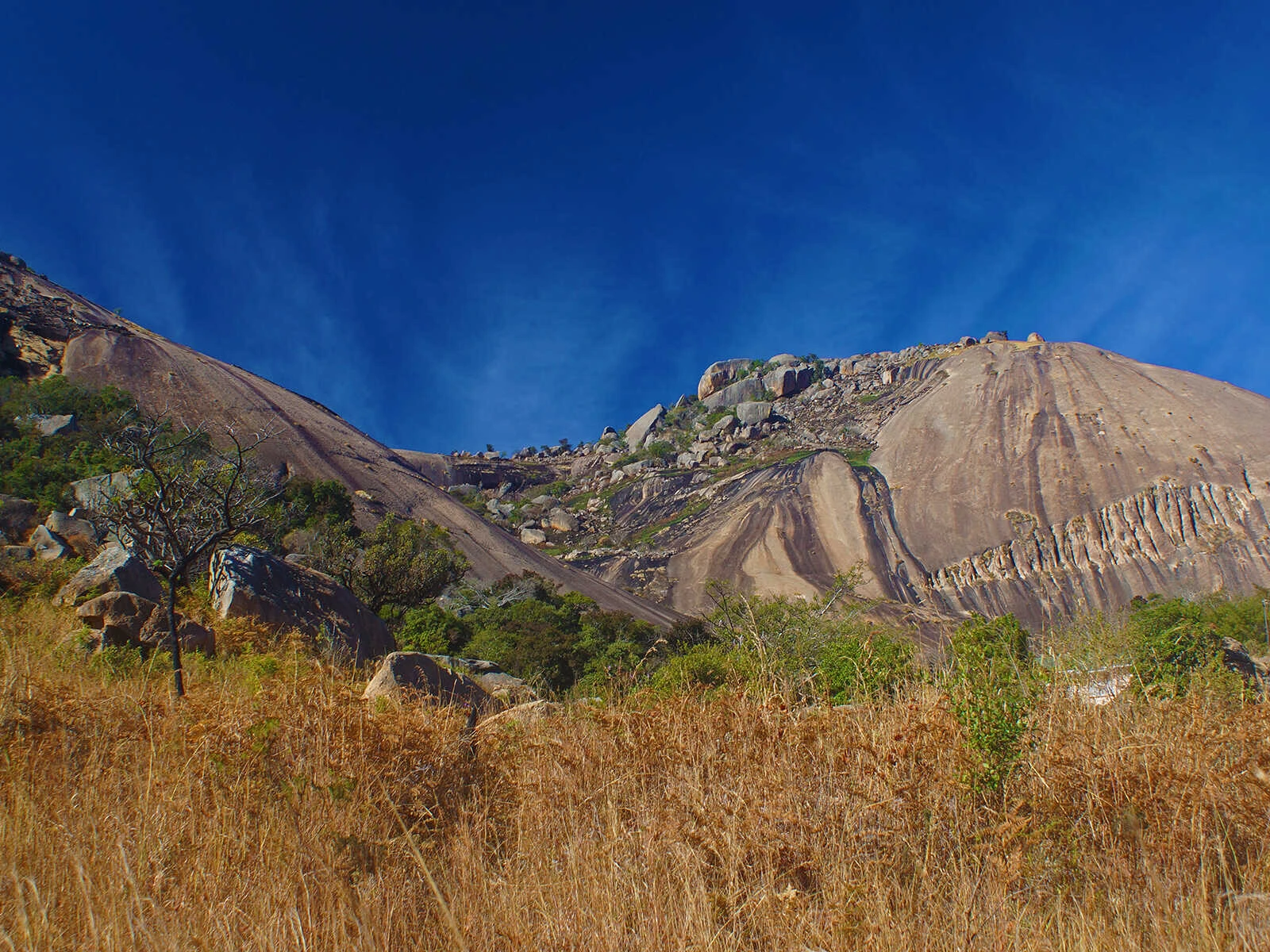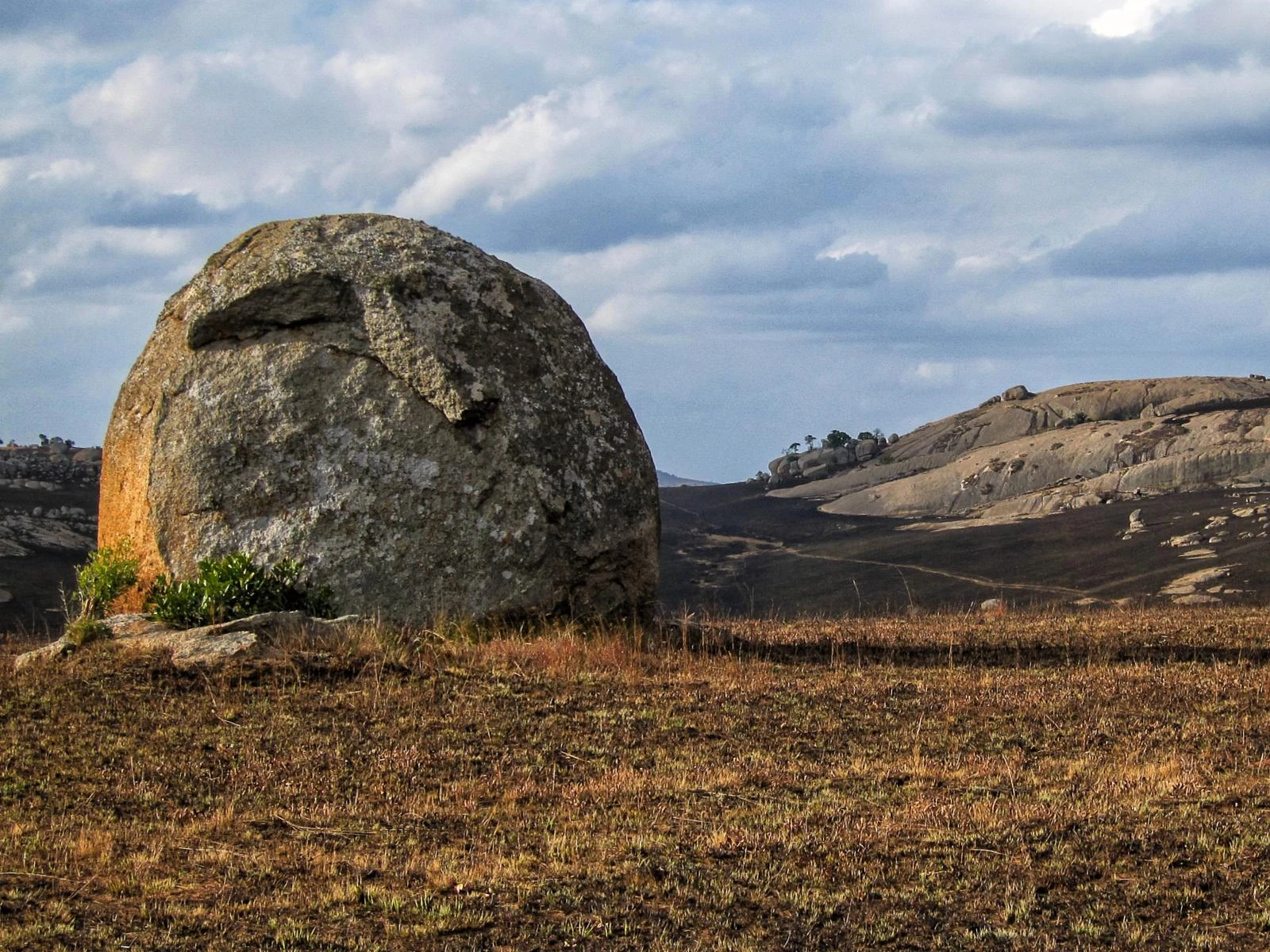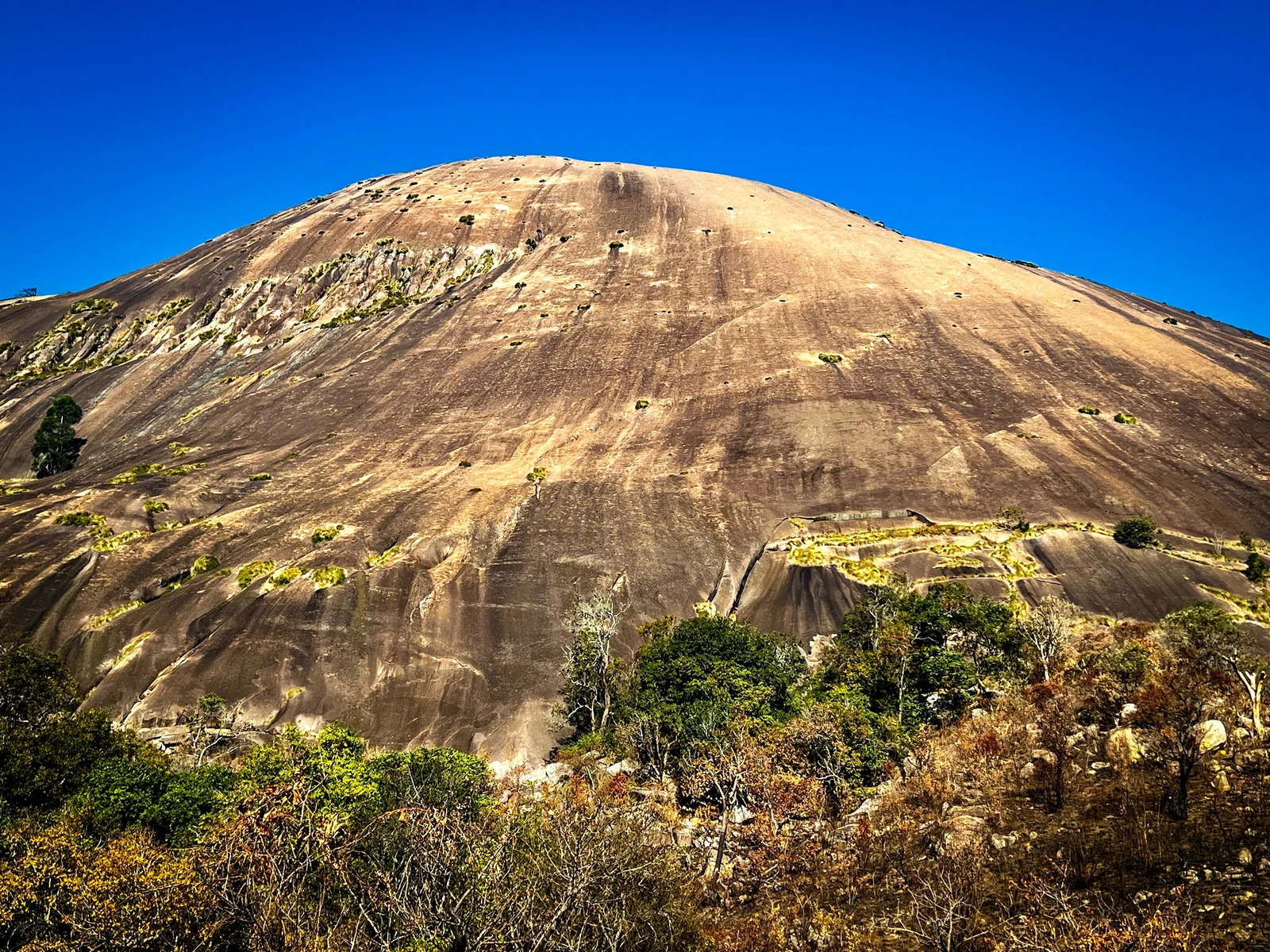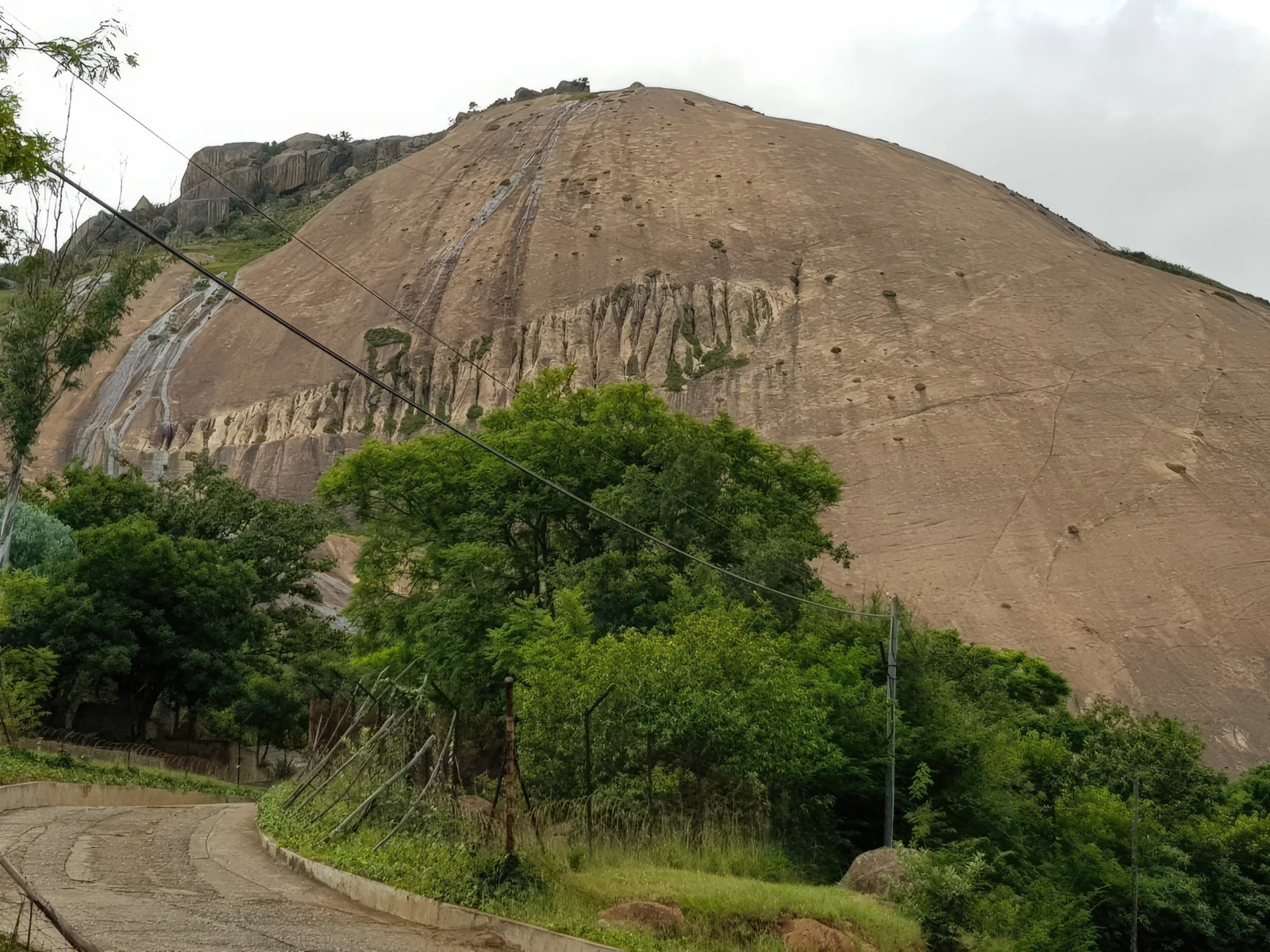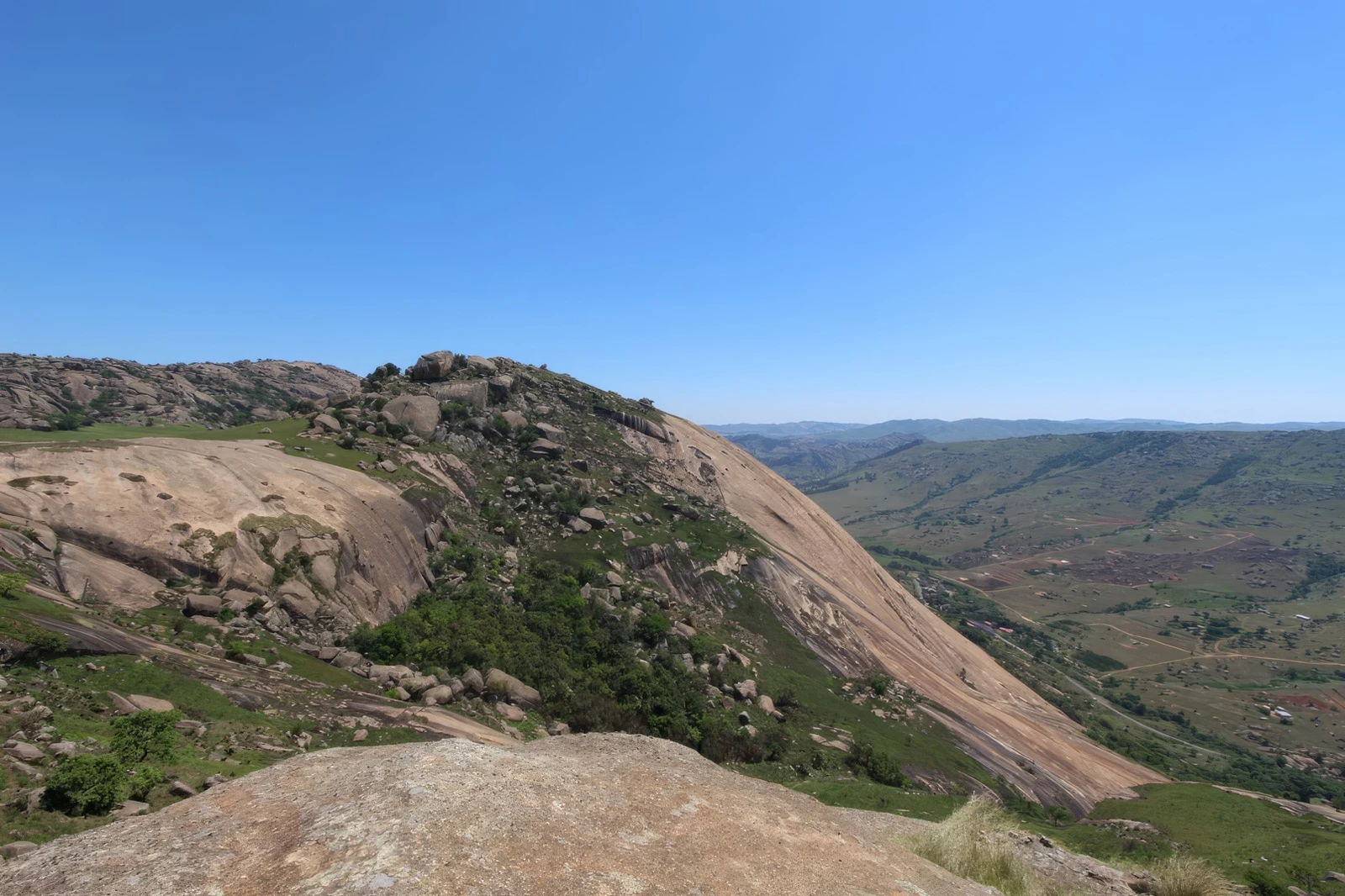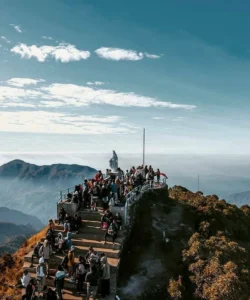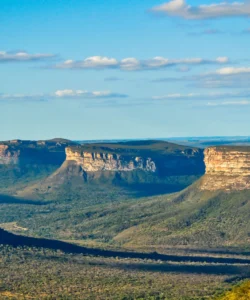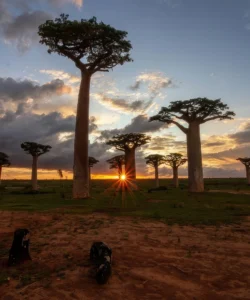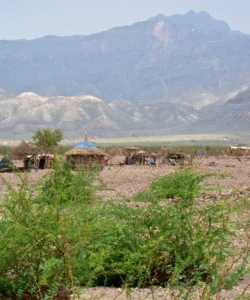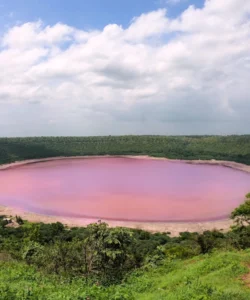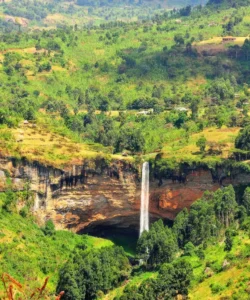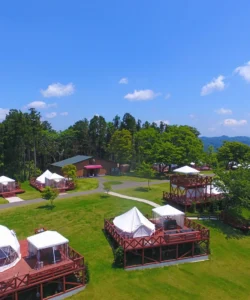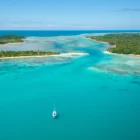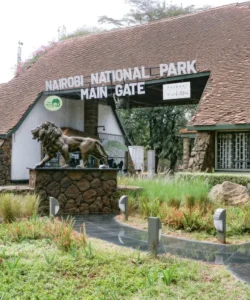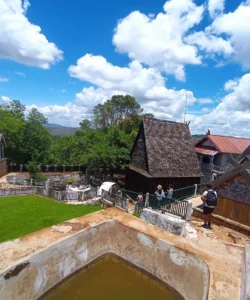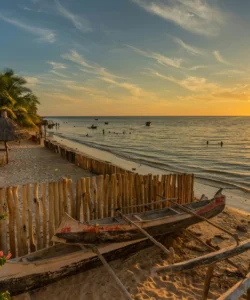Sibebe Rock is one of Eswatini’s most iconic natural landmarks, a colossal granite monolith that dominates the landscape just outside the capital city of Mbabane. Its sheer size, ancient origins, and the panoramic views from its summit make it a compelling destination for adventurers and nature enthusiasts.
Listen to an introduction about Sibebe Rock

Name: Sibebe Rock (also known as “Bald Rock” due to its treeless surface)
Address: Sibebe Rock is located approximately 10 kilometers (6 miles) northeast of Mbabane, the capital city of Eswatini. It lies in the picturesque Pine Valley and is clearly visible from the surrounding area. The main starting point for hikes is usually from a community project area at the base.
How to Get There:
- By Air: The closest international airport is King Mswati III International Airport (SHO) near Manzini. From there, you can hire a car or taxi to Mbabane, and then proceed to Sibebe.
- By Car: From Mbabane city center, head east on the MR3 road (towards Ezulwini). After about 7-10 kilometers, look for signs indicating “Sibebe Rock” and turn left onto a gravel road that leads directly to the Sibebe area. A vehicle with good clearance is recommended for the gravel road. Parking is available near the entrance.
- By Public Transportation: You can take a local minibus taxi from Mbabane’s bus rank towards the Sibebe Rock area. Ask the driver to drop you off at the closest point. From there, you might need to walk a short distance (around 1 km) to the trailhead.
- Hiking/Walking: For those in Mbabane, it’s possible to walk or hike directly from the city center (about 4-5 km), though it’s recommended to take a taxi or drive to the base for the main hike up the rock.
Landscape and Architecture:
Sibebe Rock is a geological marvel, primarily characterized by its massive granite structure:
- Granite Dome/Pluton: Sibebe is an immense, three-billion-year-old granite pluton or dome. This means it formed when molten magma slowly cooled and solidified deep beneath the Earth’s surface, and then over eons, the overlying rock eroded away, exposing this vast, smooth, and rounded granite mass. It rises dramatically, approximately 350 meters (1,148 feet) above the Mbuluzi River valley, reaching a total height of 1,488 meters (4,882 feet) above sea level.
- Exposed Granite: Much of the rock face is bare, smooth, and sheer, leading to its “Bald Rock” nickname. After rains, countless streams cascade down its face, creating a glistening, silver appearance.
- Sculpted Boulders and Clefts: The summit and surrounding areas feature fascinating sculpted boulders, gleaming slopes of exfoliating granite, and hidden pockets of indigenous forest within its clefts and ravines.
- Waterfalls and Caves: Along the hiking trails, especially after rainfall, you’ll encounter small waterfalls. There are also caves and overhangs, some with ancient rock paintings (estimated to be around 4,000 years old), indicating early human habitation.
- Surrounding Landscape: The rock is set within a landscape of lush green hills and the attractive Pine Valley, offering stunning panoramic views from its summit.
- No Specific Architecture on the Rock: The “architecture” is purely natural. Any human structures are generally found at the base, such as the Sibebe Trails community project, which might include visitor centers or small shops.
What Makes It Famous:
- World’s Second-Largest Monolith/Largest Exposed Granite Pluton: Sibebe Rock is widely cited as the second-largest exposed granite monolith in the world, surpassed only by Uluru (Ayers Rock) in Australia. Importantly, it’s considered the largest exposed granite pluton globally, distinct from Uluru’s sandstone composition. Its ancient age, approximately 3 billion years, also makes it one of the oldest geological features on Earth.
- Hiking Destination: It is one of Eswatini’s premier hiking destinations, offering challenging yet rewarding trails to the summit. The panoramic views from the top, encompassing the capital city of Mbabane and the surrounding valleys, are spectacular.
- Sibebe Survivor Walk: An annual fundraising walk, the “Sibebe Survivor,” organized by the Rotary Club of Mbabane-Mbuluzi, draws thousands of participants each July, further cementing its fame.
- Biodiversity: Despite its seemingly barren appearance, the rock and its surrounding areas support unique flora, including orchids and wildflowers that carpet the grasslands in spring, and various highveld bird species, including the rare blue swallow.
- Cultural Significance: The area around Sibebe has historical and cultural importance, with archaeological evidence of human presence dating back 40,000 years and rock paintings in its shelters. It also lends its name to a popular local lager, “Sibebe Premium Lager.”
Differences from Some Other Wonders:
- Geological Composition: A key difference from Uluru (Australia), its only contender for “largest rock,” is that Sibebe is a granite monolith (an igneous rock formed from cooled magma), whereas Uluru is an eroded sandstone inselberg (a sedimentary rock). This makes Sibebe the largest exposed granite pluton.
- Accessibility and Activity: Unlike some natural wonders that are primarily viewed from a distance, Sibebe is primarily famous for the active experience of hiking to its summit. This direct engagement with the geological feature is a major draw.
- Community-Based Tourism: The management and guiding for Sibebe hikes often involve local community projects, providing a direct benefit to the surrounding villages and offering a more authentic cultural interaction for visitors.
- Less Touristy than Global Giants: While significant, Sibebe receives fewer international visitors compared to more globally recognized monoliths or national parks, offering a more peaceful and less crowded experience.
- Lack of Wildlife Focus: Unlike the game reserves in Eswatini (Mlilwane, Hlane, Mkhaya), Sibebe’s fame is rooted in its geology and hiking opportunities, rather than its “Big Five” wildlife. While birds and some small mammals can be spotted, it’s not a safari destination.
